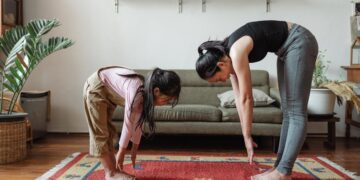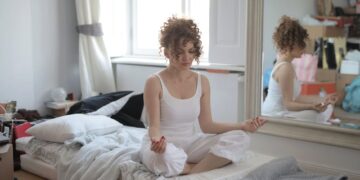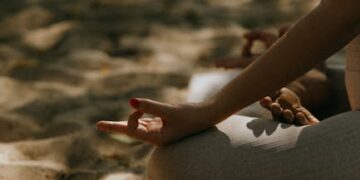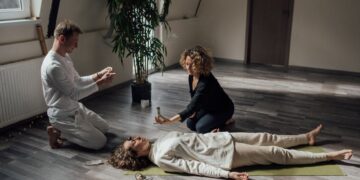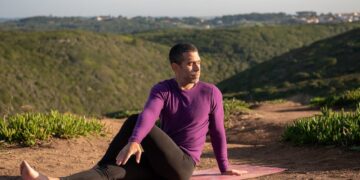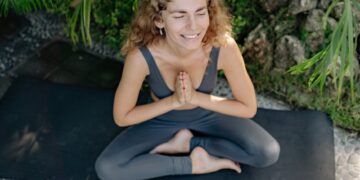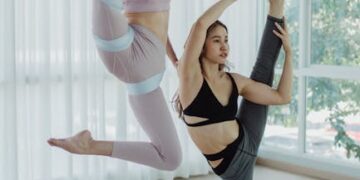Unlocking Serenity: The Best Relaxation Exercises for Stress Relief
Stress is a universal phenomenon that everyone experiences. Whether it stems from work, personal relationships, or daily hassles, its impact can be profound. Fortunately, incorporating relaxation exercises into your routine can significantly alleviate stress and enhance your life quality.
Understanding Stress and Its Impacts
Before delving into the relaxation techniques, it’s essential to understand what stress is and how it affects us. Stress is the body’s response to any demand or threat. When you feel threatened, your nervous system responds by releasing a flood of stress hormones, including adrenaline and cortisol, which rouse the body for emergency action. While stress can be beneficial in small doses, prolonged stress can lead to physical and mental health problems, such as depression, anxiety, and even heart disease.
Top Relaxation Exercises for Effective Stress Management
Engaging in regular relaxation practices can help mitigate the negative effects of stress. Below are some proven exercises you can incorporate into your daily routine to foster relaxation and rejuvenate your mind and body.
Deep Breathing Techniques
One of the simplest yet most powerful ways to relieve stress is through deep breathing exercises. Deep breathing acts as a powerful brake against stress by slowing the heart rate and lowering blood pressure. Here’s a simple technique you can try:
- Sit in a comfortable position or lay flat on the floor, hands on your abdomen.
- Slowly inhale through your nose, feeling your stomach rise as it fills with air.
- Hold your breath momentarily, then slowly exhale through your mouth, feeling your stomach fall.
- Repeat this pattern for several minutes.
Mindfulness Meditation
Mindfulness meditation involves focusing on your present situation, harboring an awareness of your surroundings, emotions, and breathing in a non-judgmental way. Studies have shown that mindfulness not only reduces stress but also improves focus and cognition. To get started:
- Find a quiet and comfortable place.
- Sit in a seated position with your back straight.
- Focus on your natural breathing pattern or on a word or phrase that you repeat silently.
- Allow thoughts to come and go without judgment and return focus to your breath or mantra.
Progressive Muscle Relaxation (PMR)
Progressive Muscle Relaxation involves tensing and then relaxing each muscle group in the body to help alleviate the physical symptoms of stress. Here’s how you can practice PMR:
- Start by tensing the muscles in your toes for 5 seconds, then relax for 30 seconds, and repeat.
- Gradually work your way up through your body, tensing and relaxing muscle groups in your legs, abdomen, arms, and face.
Visualization
Also known as guided imagery, visualization is a relaxation technique that involves forming mental images of places or situations that you find calming. It is often practiced as follows:
- Close your eyes, slow your breathing, and focus on peaceful, serene settings like a beach at sunset or mountains in spring.
- Imagine yourself experiencing the sensory aspects of these settings—such as the sound of waves, the scent of pine trees, or the warmth of the sun.
Integrating Relaxation Exercises Into Your Routine
Consistency is key when it comes to stress management. Try incorporating these exercises into your daily routine:
- Schedule Time: Just as you would for any important appointment, block off time in your day specifically for relaxation.
- Remain Consistent: Practice your relaxation techniques regularly. Just as muscles become stronger with use, your ability to relax improves with practice.
- Vary Your Techniques: Mix and match different methods to keep your practice fresh and engaging.
Frequently Asked Questions About Relaxation Techniques
How long should I practice relaxation exercises?
Even just five minutes a day can have a positive impact, though 20-30 minutes may produce greater stress relief benefits.
Can relaxation exercises reduce anxiety?
Yes, regular practice of relaxation exercises can help reduce symptoms of anxiety by lowering the levels of stress hormones in the body.
Are there relaxation exercises for children?
Yes, techniques like simple breathing exercises and guided imagery can be very effective for children.
Conclusion
Mastering the art of relaxation takes time and practice, but by incorporating these exercises into your daily routine, you can significantly reduce stress and enhance your overall well-being. Remember, the best relaxation exercise is the one that resonates with you and fits into your lifestyle. So, experiment with these techniques to find what works best for you and unlock the door to a calmer, more fulfilling life.

